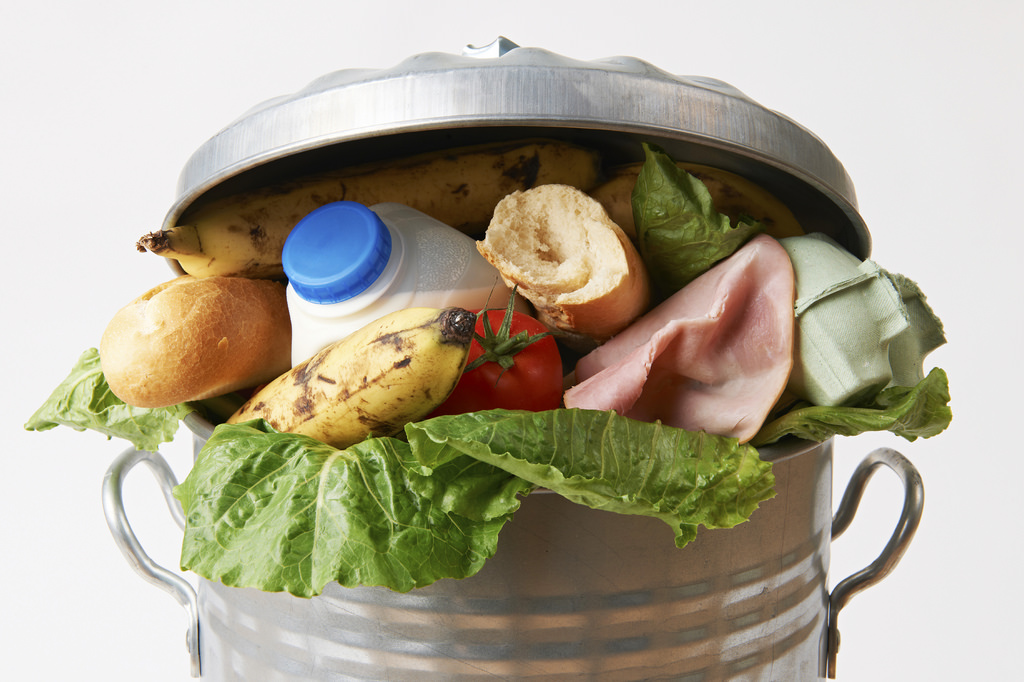February is a short month. First round of exams is over and I need to concentrate on preparing my students to take standardized exams. I am beginning to feel the pressure. OMG! It’s only February and I am already a bit stressed out. Will I make it to the end of the course with all my wits about me? Highly unlikely!
So, next topic on my list is Food and Nutrition and all the subtopics around it, which are …like a lot.

What you will see in this post is an example of how I prepare my students to take oral exams.
- Revision and introduction of vocabulary-related terms
- Listening Comprehension Activity: Food waste
- Pronunciation Activity: Organic Food No More Nutritious
- Speaking Activity through Reading passages with Follow-up Questions
- Mediation Activities
STEP 1. Introducing New Vocabulary
Display the quiz below on the board and have the whole class contribute with their answers. You might want to explain the meaning of the incorrect options and the difference between the adjectives sour and bitter.
Do the quiz twice to reinforce knowledge and then ask them to contribute with some other food-related words they might know. On the board, write only the ones that might prove a bit more challenging.
NOTE : (about the quiz) Hover over the photo and click on the + sign
What’s the difference between Sour and Bitter?
1. Take a drink of vinegar: This would be sour or so considered to be.
2. Take a bite of real pure dark chocolate: This would be considered bitter
1.A Grannysmith green cooking apple would be sour. Other sour foods are lemon, oranges. beer, spoilt milk 2.Coffee without sugar or cream would be bitter. Other bitter foods are unsweetened cocoa, marmalade, beer, olives
STEP 2. Let's get loud! Reinforcing vocabulary in communicative activity.
Give each student in the class a slip of paper and assign a word from the quiz to each student. Ask them to write it down. If you have more students than words in the quiz, choose from the ones on the board.
Ask students to stand up and move to the middle of the class. Ask them to pair up and try to explain the meaning of their word to the other student. Once they have both explained the meaning and guessed the right word, they swap slips of paper and move on to find another partner.

Step 3: Food waste.
A. Show students the following picture and ask them in groups of three to talk about what it suggests to them.

Get feedback and ask questions such as: How often do you waste food? What can be done to reduce food waste?
It might be a good idea to do this quiz created by WWF.
B. On the board, write the words The Food Loop and ask students what they think it means. Play the video, point to the words The Food Loop and ask again.
Play it once again and ask students to take down notes and explain in detail the whole process.
The Food Loop- Discover where your food waste goes from Obeo on Vimeo.
Step 4: Reading, Speaking, Pronunciation and Acquiring Vocabulary: Food-subtopics
Is there a better way to naturally acquire vocabulary than by reading? Arguably, there is not. In this exercise, students are asked to read about food sub-topics and answer in pairs or in threes the follow-up questions.
A. Working on pronunciation.
Introduce the topic of organic food by listening to this short extract from breakingnewsenglish.com “Organic Food No More Nutritious” There are lots of food-related terms in this piece of news students might be mispronouncing.
I use these short extracts very often in class. This is how I work with them:
- I play it once. Students just read silently and listen.
- I play it a second time. Students read along but without making any sound.
- I play it again. Students read along. This time aloud.
- I focus on some words, point to them and ask students to repeat them
- I split the text into two, ask students in pairs and assign a part of the text to each student.
- Whole class: I ask students to read aloud a sentence each.
The whole process takes less than 10 minutes.
b. Working on the pronunciation of some problematic words
b. The texts. PDF here
Step 5: Mediation
Two mediation activities for B2 students
Blog de Cristina is on Facebook and on Twitter.

Thanks for your comment! Glad they work for you, too!
Cristina, I absolutely love all the resources you post. I take advantage of them for my one-to-one classes and I find them very engaging. Thanks again!!
Thanks Esther! Mil gracias for your feedback! 🙂
Brilliant, as usual! Thanks a mill
Thanks, Arianna!
Awesome activities! Thorough, engaging and exhaustive. Thank you!